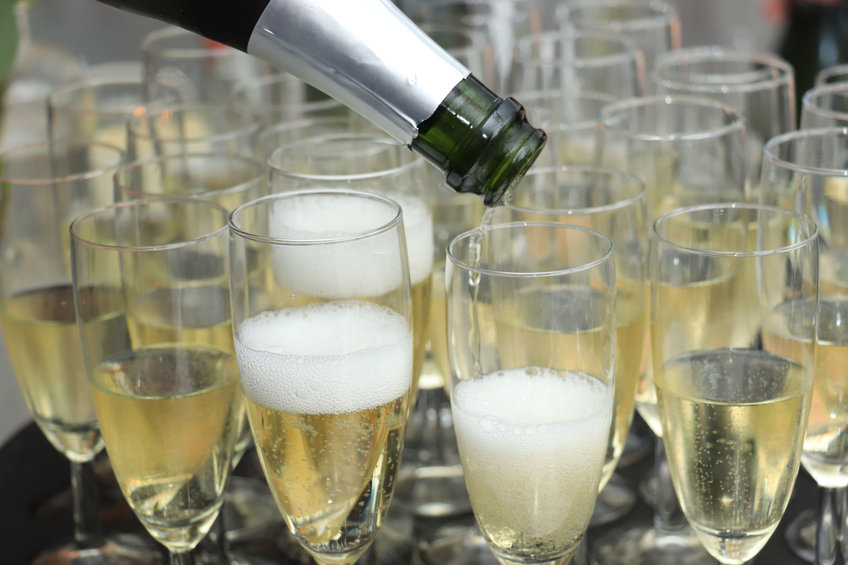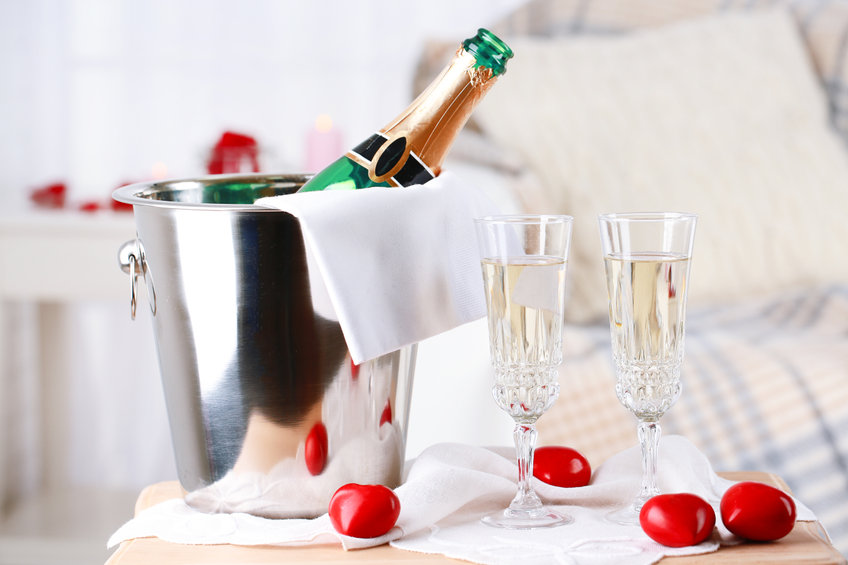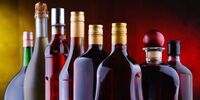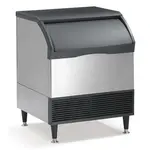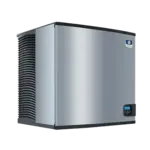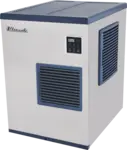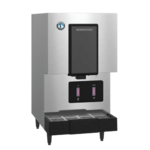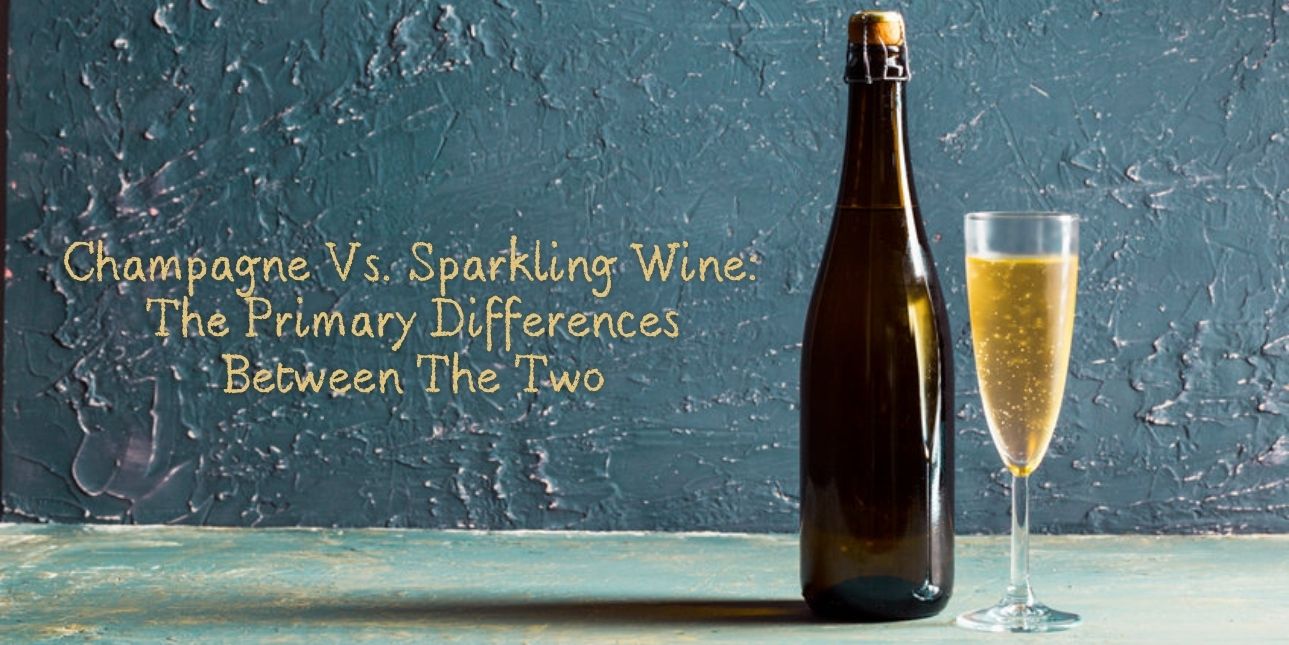
Sparkling wines are ideal for any occasion. Champagne and regular sparkling wines are ideal for birthdays, weddings, and events. While champagne and sparkling wine are both bubbly wines, there are some key differences between the two. True champagne originates from France, while sparkling wines are produced worldwide. Another distinctive feature between champagne and other sparkling wines is that champagne goes through a special secondary fermentation process inside the bottle.
In this article, we discuss the primary differences between sparkling wine and champagne, the process of making champagne, popular sparkling wines, a list of bar tools, and essential bar equipment.
The Primary Differences Between Sparkling Wine And Champagne
Champagne is a type of sparkling wine, but not all types of sparkling wine are champagne.
Sparkling wine is a fizzy drink that has increased levels of carbon dioxide.
Various sparkling wines are available worldwide: Champagne, cava, prosecco, and regional sparkling wine. Sparkling wines are primarily available in white and rose variants. Sparkling wine can be hard and soft, depending upon the fermentation process. According to European standards, sparkling wines have 44 psi of pressure. There are sparkling red wines like Italian Brachetto, Lambrusco, and Bonarda. Shiraz is another sparkling red wine from Australia that has gained popularity. Also, sparkling wines outside the Champagne region of France are considered French sparkling wine. There are other popular variants like American sparkling wine and Spanish sparkling wine.
Champagne wine originated in Champagne, a place in northern France. Champagne is harvested, fermented, and bottled within hundred miles of Champagne, France. The production of the first champagne wine started in the late 1600s. Champagne's distinct features are primarily driven by the type of grapes used in the production. It is made from grapes harvested in cool climates and mineral-rich soils. Cuvee, or the base of champagne, is a blend of concentrated grape extracts harvested in France. The taste of champagne depends on the fruitiness, aroma, freshness, and quality of the grapes.
Champagne is made from the following types of grapes:
- Chardonnay
- Pinot Meunier
- Pinot Noir
- Pinot Blanc
- Petit Meslier
- Arbane
- Pinot Gris
Most popular champagne variants have 30 percent Chardonnay grapes.
How Champagne is Made
The production process of champagne is called 'Methode Traditionnelle.' The most important aspect of champagne-making is the second fermentation process inside the bottle.
During the production process, grapes are fermented into still wine. Then, sugar and yeast are blended with Cuvee for the second fermentation process to start as champagne is bottled. Carbon dioxide gas in the bottle carbonates the liquid to form bubbles, and the yeast cells die eventually. After champagne is bottled, it is aged for 15 to 18 months with dead yeast cells. Riddling is a process in which the bottle is rotated slowly to capture dead yeast cells from the neck of the bottle. Then yeast is removed by disgorgement and topped with sugar and wine. Finally, after the yeast removal, the champagne bottle is sealed.
Popular Sparkling Wines
According to the most popular spirits and beverage industry trends in 2022, patrons are opting for healthier wine options. Wines that follow the traditional production process contain the most nutrients and are considered healthier. Here is a list of sparkling wines that follow the traditional winemaking process:
Prosecco: Prosecco is Italian sparkling wine that has large bubbles. Prosecco has a fruity aroma that can be mixed with mimosas and bellinis. Prosecco is made from Glera grapes and Bianchetta Trevigiana. It has a fruity and light taste.
Sekt: Sekt is a German sparkling wine that is sweet, dry, and less alcoholic than champagne.
Cava: Cava is Spanish sparkling wine that is made from Macabeu grapes. It is similar in flavor to champagne.
French Sparkling Wine: French sparkling wine originates from outside the Champagne region of France. French sparkling wine is available in dry, sweet, and rose varieties.
American Sparkling Wine: Various American sparkling wines are popular across the world. Korbel is a famous sparkling wine from Sonoma, California. Korbel is also labeled California Champagne because of its similarities to French Champagne.
Bartender Essentials: The Most Important Bartending Tools Explained
Here is a list of the essential bartending tools that you will need for serving sparkling wine and champagne in your restaurant:
- Wine Key: A wine key is an essential bar tool that combines three significant tools - a corkscrew, knife, and bottle opener. You can cut the seal of the wine bottle with a knife. With a corkscrew, you can unscrew a wine cork. Bottle openers are perfect for opening soda bottles, beer bottles, and other beverages.
- Champagne Stopper: One of the most important bartender tools is a champagne stopper. If you serve sparkling wine and champagne by the glass in your bar and restaurant, you can use a champagne stopper to reseal a bottle. Champagne stoppers help you retain the freshness, fizz, and flavor of the wine.
- Foil Cutter: With foil cutters, you can efficiently remove the foil from wine bottles. You can squeeze, turn, and lift to remove the foil from a wine bottle. It makes it easier to remove the cork.
- Glasses: Champagne and sparkling wine are served in specifically designed wine glasses. Champagne flute and champagne tulip glasses are the most preferred glasses for serving champagne. Flute glasses have straight sides and are narrower than tulip glasses.
- Champagne Buckets: Champagne buckets and wine buckets are primarily ice buckets. With ice buckets, you can serve chilled sparkling wine and champagne.
List of Essential Bar Equipment
Bars and restaurants need various commercial bar equipment for serving wine and alcoholic beverages. You will need commercial refrigerators, commercial freezers, and commercial ice machines.
Ice Maker Machines: You can produce hundreds of pounds of ice per day with commercial ice maker machines. You can get ice cubes to serve chilled water, soda, and cocktails with full dice ice makers. Full dice ice cubes are perfect for keeping a bottle of champagne chilled in an ice bucket. With full dice ice, you can keep a bottle of sparkling wine and champagne chilled for more than half an hour. These ice maker machines are ideal for instantly chilling wines and drinks.
Wine Coolers: Wine coolers and wine refrigerators are ideal for storing multiple sparkling wines and champagne bottles at ideal temperatures. These are specifically designed for holding wine bottles. Depending on your wine storage needs, you can opt for countertop wine coolers, under-counter wine coolers, and reach-in wine coolers.
Champagnes are costlier than most sparkling wines. Champagne is costlier because of the quality of grapes and the process involved. Champagnes produced by traditional methods are even more expensive and have a distinct taste. Non-vintage champagne can cost around $50, and vintage champagne can cost hundreds of dollars. Currently, there are various sparkling wines that are similar to champagne, like 'California Champagne'. Champagne and sparkling wine need to be served carefully to retain the taste and texture. As a professional bartender, remember tools’ names to efficiently serve champagne and sparkling wine. You will need commercial refrigerators, ice makers, and various wine equipment for serving wine in your restaurant.

